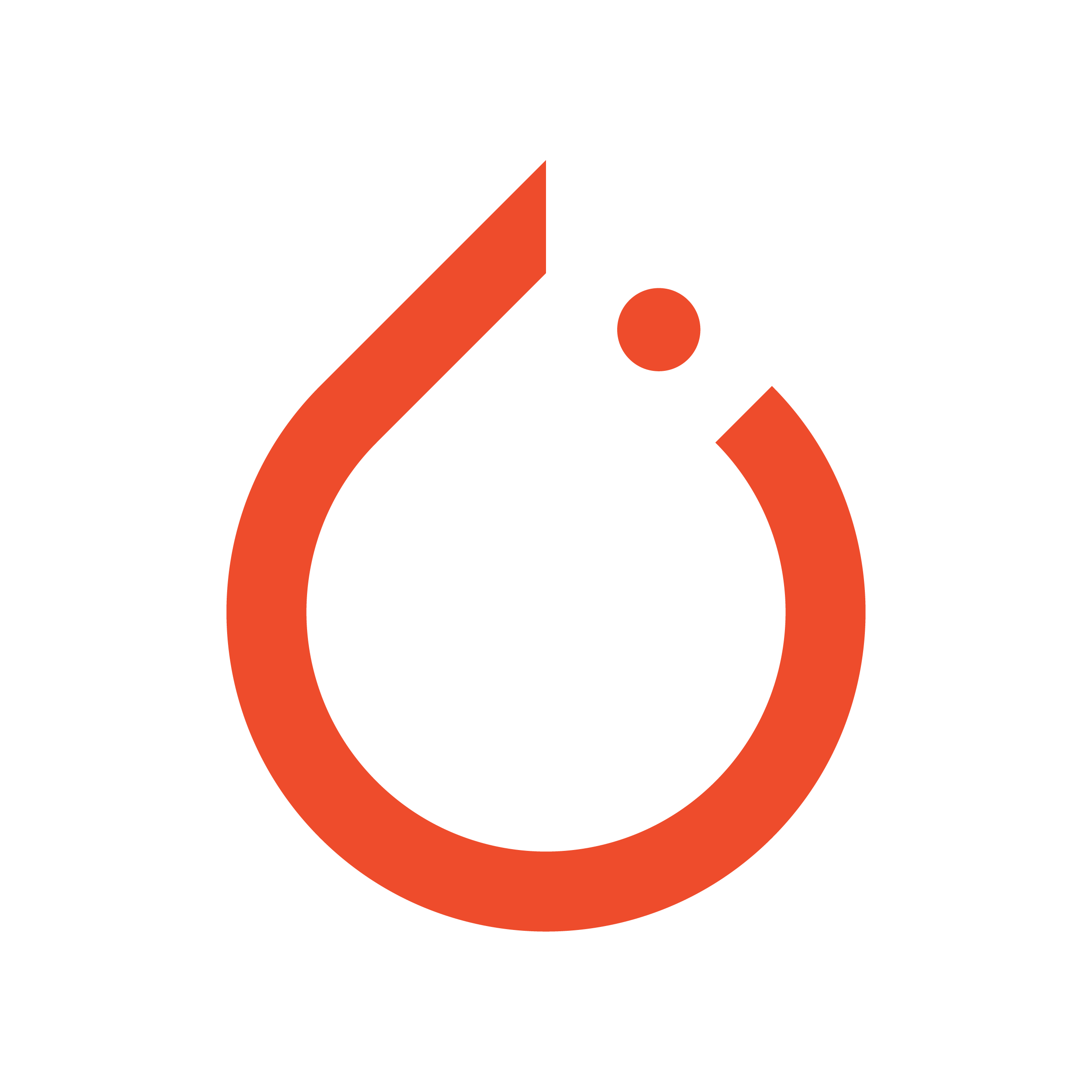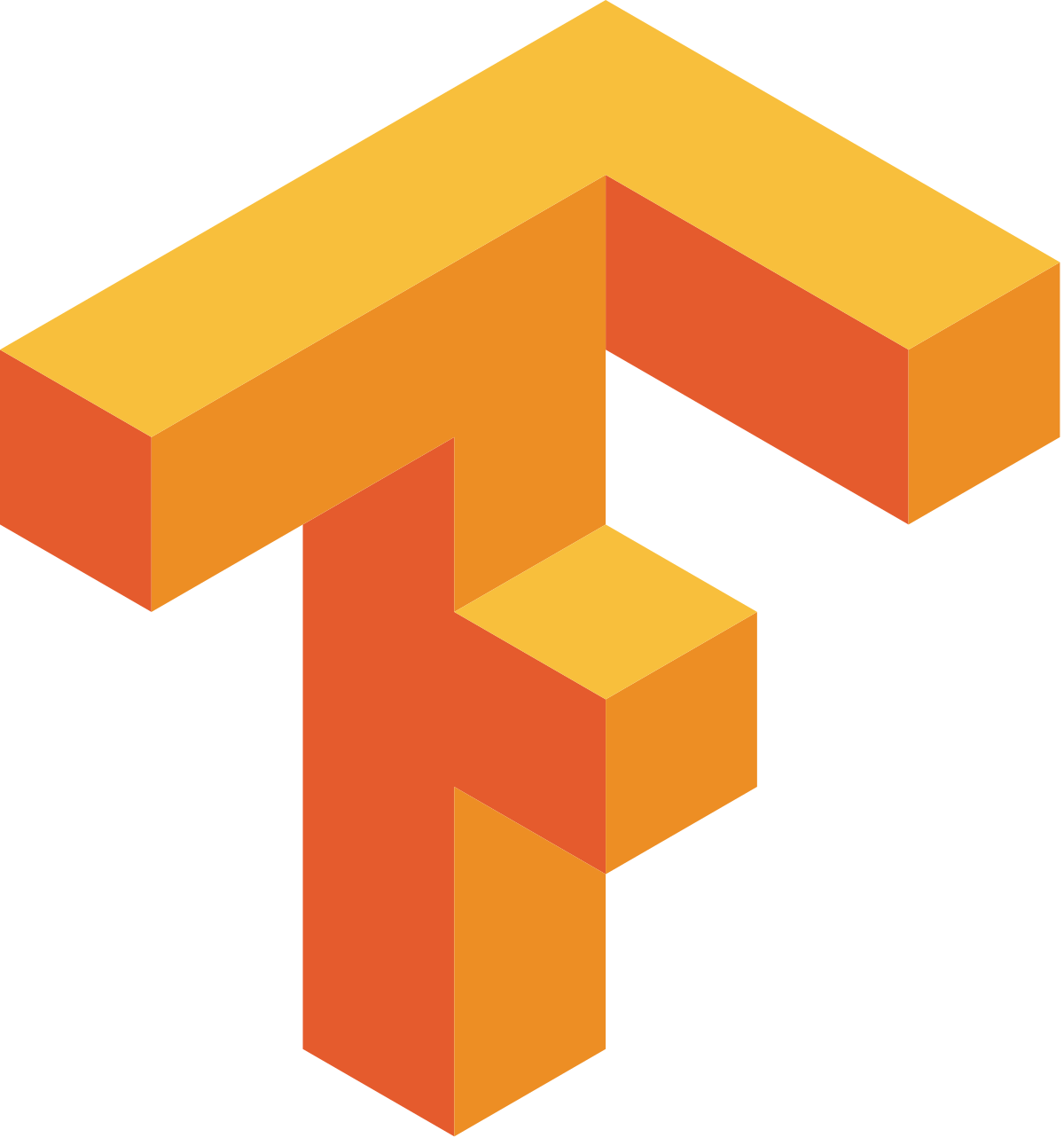Quick Start
First of all you need to install Deep Learning Studio. If you haven’t completed that step, please go to the installation section.
We additionally have some implemented algorithms that you can use in Deep Learning Studio. Find them in the algorithms zoo.
If you’d like to train your own brain, we provide you with the datasets.
This repository contains the deep learning regression and classification models for all robots used in the JdeRobot community.
Structure of the branch
├── Formula1-FollowLine
| |
| |── pytorch
| | |── PilotNet # Pilot Net pytorch implementation
| | | ├── scripts # scripts for running experiments
| | | ├── utils
| | | | ├── pilot_net_dataset.py # Torchvision custom dataset
| | | | ├── pilotnet.py # CNN for PilotNet
| | | | ├── transform_helpers.py # Data Augmentation
| | | | └── processing.py # Data collecting, processing and utilities
| | | └── train.py # training code
| | |
| | └── PilotNetStacked # Pilot Net Stacked Image implementation
| | ├── scripts # scripts for running experiments
| | ├── utils
| | | ├── pilot_net_dataset.py # Sequentially stacked image dataset
| | | ├── pilotnet.py # Modified Hyperparams
| | | ├── transform_helpers.py # Data Augmentation
| | | └── processing.py # Data collecting, processing and utilities
| | └── train.py # training code
| |
| +── tensoflow
| +── PilotNet # Pilot Net tensorflow implementation
| ├── utils
| | ├── dataset.py # Custom dataset
| | ├── pilotnet.py # CNN for PilotNet
| | └── processing.py # Data collecting, processing and utilities
| └── train.py # training code
+── Drone-FollowLine
|
+── DeepPilot # DeepPilot CNN pytorch implementation
├── scripts # scripts for running experiments
├── utils
| ├── pilot_net_dataset.py # Torchvision custom dataset
| ├── pilotnet.py # CNN for DeepPilot
| ├── transform_helpers.py # Data Augmentation
| └── processing.py # Data collecting, processing and utilities
└── train.py # training code
Formula1 Followline Algorithms: Implementation and Baseline
It contains some deep learning regression models for Formula1 Line Following task.
The models implemented are derived from:
- PilotNet for Autonomous Driving with Behaviour Metrics dataset
- PilotNetStacked as an extension of PilotNet with stacked images
The algorithms are modular and can adapt to various other datasets. They are both implemented in pytorch and tensorflow.
Pytorch 
Preparing Dataset
For PilotNet, we use our custom datasets:
- Complete dataset: contains images with annotations from different circuits https://drive.google.com/file/d/1Xdiu69DLj7lKK37F94qrUWsXkVg4ymGv/view?usp=sharing
- Curves dataset: contains images with annotations from many_curves circuit: https://drive.google.com/file/d/1zCJPFJRqCa34Q6jvktjDBY8Z49bIbvLJ/view?usp=sharing
PilotNet # Extract PilotNet dataset here
├── complete_dataset # Extract PilotNet complete_dataset here
| ├── Images/ # Train and Test Images
| └── data.json # Annotations
└── curves_dataset # Extract PilotNet curves_dataset here
├── Images/ # Train and Test Images
└── data.json # Annotations
Hyperparameters for the code
# For PilotNet
-h, --help show this help message and exit
--data_dir DATA_DIR Directory to find Data
--preprocess PREPROCESSING Preprocessing information about cropping and extreme cases
--base_dir BASE_DIR Directory to save everything
--comment COMMENT Comment to know the experiment
--data_augs AUGMENTATIONS Data augmentations
--num_epochs NUM_EPOCHS Number of Epochs
--lr LR Learning rate for Policy Net
--test_split TEST_SPLIT Train test Split
--shuffle SHUFFLE Shuffle dataset
--batch_size BATCH_SIZE Batch size
--save_iter SAVE_ITER Iterations to save the model
--print_terminal PRINT_TERMINAL Print progress in terminal
--seed SEED Seed for reproducing
# For PilotNetStacked, add
--horizon HORIZON Stacking horizon to use
Running the Code
source ~/pyenvs/dlstudio/bin/activate
cd DeepLearningStudio/Formula1-FollowLine/pytorch
# For PilotNet
cd PilotNet
python train.py --data_dir '../datasets/complete_dataset' \
--data_dir '../datasets/curves_only' \
--preprocess 'crop' \
--preprocess 'extreme' \
--base_dir testcase \
--comment 'Selected Augmentations: gaussian, affine' \
--data_augs 'gaussian' \
--data_augs 'affine' \
--num_epochs 150 \
--lr 1e-3 \
--test_split 0.2 \
--shuffle True \
--batch_size 128 \
--save_iter 50 \
--print_terminal True \
--seed 123
# For PilotNetStacked
cd PilotNetStacked
python train.py --data_dir '../datasets/complete_dataset' \
--data_dir '../datasets/curves_only' \
--preprocess 'crop' \
--preprocess 'extreme' \
--base_dir testcase \
--comment 'Selected Augmentations: gaussian' \
--data_augs 'gaussian' \
--num_epochs 150 \
--horizon 3 \
--lr 1e-3 \
--test_split 0.2 \
--shuffle True \
--batch_size 256 \
--save_iter 50 \
--print_terminal True \
--seed 123
The results are saved in the ./experiments/ directory and the structure is given below.
Tensorboard can be launched with ./experiments/base_dir/log directory.
Tensorflow 
The models implemented are derived from:
- PilotNet for Autonomous Driving with Behaviour Metrics dataset
- DeepestLSTMTinyPilotNet as an extension of PilotNet with ConvLSTM layers.
Preparing Dataset
The same workflow as for PyTorch is followed, refer to the previous section
Hyperparameters for the code
# For PilotNet or DeepestLSTMTinyPilotNet
-h, --help show this help message and exit
--data_dir DATA_DIR Directory to find Data
--preprocess PREPROCESSING Preprocessing information about cropping and extreme cases
--data_augs AUGMENTATIONS Data augmentations
--num_epochs NUM_EPOCHS Number of Epochs
--learning_rate LR Learning rate for Policy Net
--batch_size BATCH_SIZE Batch size
--img_shape IMG_SHAPE Image shape
Running the Code
source ~/pyenvs/dlstudio/bin/activate
cd DeepLearningStudio/Formula1-FollowLine/tensorflow
# For PilotNet
cd PilotNet
python train.py --data_dir ../complete_dataset/ \
--preprocess crop \
--preprocess extreme \
--data_augs True \
--num_epochs 1 \
--batch_size 50 \
--learning_rate 0.0001 \
--img_shape "200,66,3"
# For DeepestLSTMTinyPilotNet
python train.py --data_dir ../complete_dataset/ \
--preprocess crop \
--preprocess extreme \
--data_augs True \
--num_epochs 1 \
--batch_size 50 \
--learning_rate 0.0001 \
--img_shape "100,50,3"
The results are saved in ./ directory and the structure is given below.
Tensorboard can be launched with logs/fit directory.
Drone Followline Algorithms: Implementation and Baseline
It contains some deep learning regression models for Iris drone Line Following task.
The models implemented are derived from:
- DeepPilot for Autonomous Drone Racing with Behaviour Metrics dataset
The algorithms are modular and can adapt to various other datasets.
Preparing Dataset
For DeepPilot, we use our custom datasets:
- Complete dataset: contains images with annotations from different circuits https://drive.google.com/file/d/1Xdiu69DLj7lKK37F94qrUWsXkVg4ymGv/view?usp=sharing
- Curves dataset: contains images with annotations from many_curves circuit: https://drive.google.com/file/d/1zCJPFJRqCa34Q6jvktjDBY8Z49bIbvLJ/view?usp=sharing (To Be updated)
DeepPilot # Extract PilotNet dataset here
├── complete_dataset # Extract PilotNet complete_dataset here
| ├── Images/ # Train and Test Images
| └── data.json # Annotations
└── curves_dataset # Extract PilotNet curves_dataset here
├── Images/ # Train and Test Images
└── data.json # Annotations
Hyperparameters for the code
# For DeepPilot
-h, --help show this help message and exit
--data_dir DATA_DIR Directory to find Data
--preprocess PREPROCESSING Preprocessing information about cropping and extreme cases
--base_dir BASE_DIR Directory to save everything
--comment COMMENT Comment to know the experiment
--data_augs AUGMENTATIONS Data augmentations
--num_epochs NUM_EPOCHS Number of Epochs
--lr LR Learning rate for Policy Net
--test_split TEST_SPLIT Train test Split
--shuffle SHUFFLE Shuffle dataset
--batch_size BATCH_SIZE Batch size
--save_iter SAVE_ITER Iterations to save the model
--print_terminal PRINT_TERMINAL Print progress in terminal
--seed SEED Seed for reproducing
Running the Code
source ~/pyenvs/dlstudio/bin/activate
cd DL_studio/Drone-FollowLine/
# For PilotNet
cd DeepPilot
python train.py --data_dir '../datasets/complete_dataset' \
--data_dir '../datasets/curves_only' \
--preprocess 'crop' \
--preprocess 'extreme' \
--base_dir testcase \
--comment 'Selected Augmentations: gaussian, affine' \
--data_augs 'gaussian' \
--data_augs 'affine' \
--num_epochs 150 \
--lr 1e-3 \
--test_split 0.2 \
--shuffle True \
--batch_size 128 \
--save_iter 50 \
--print_terminal True \
--seed 123
The results are saved in the ./experiments/ directory and the structure is given below.
Tensorboard can be launched with ./experiments/base_dir/log directory.